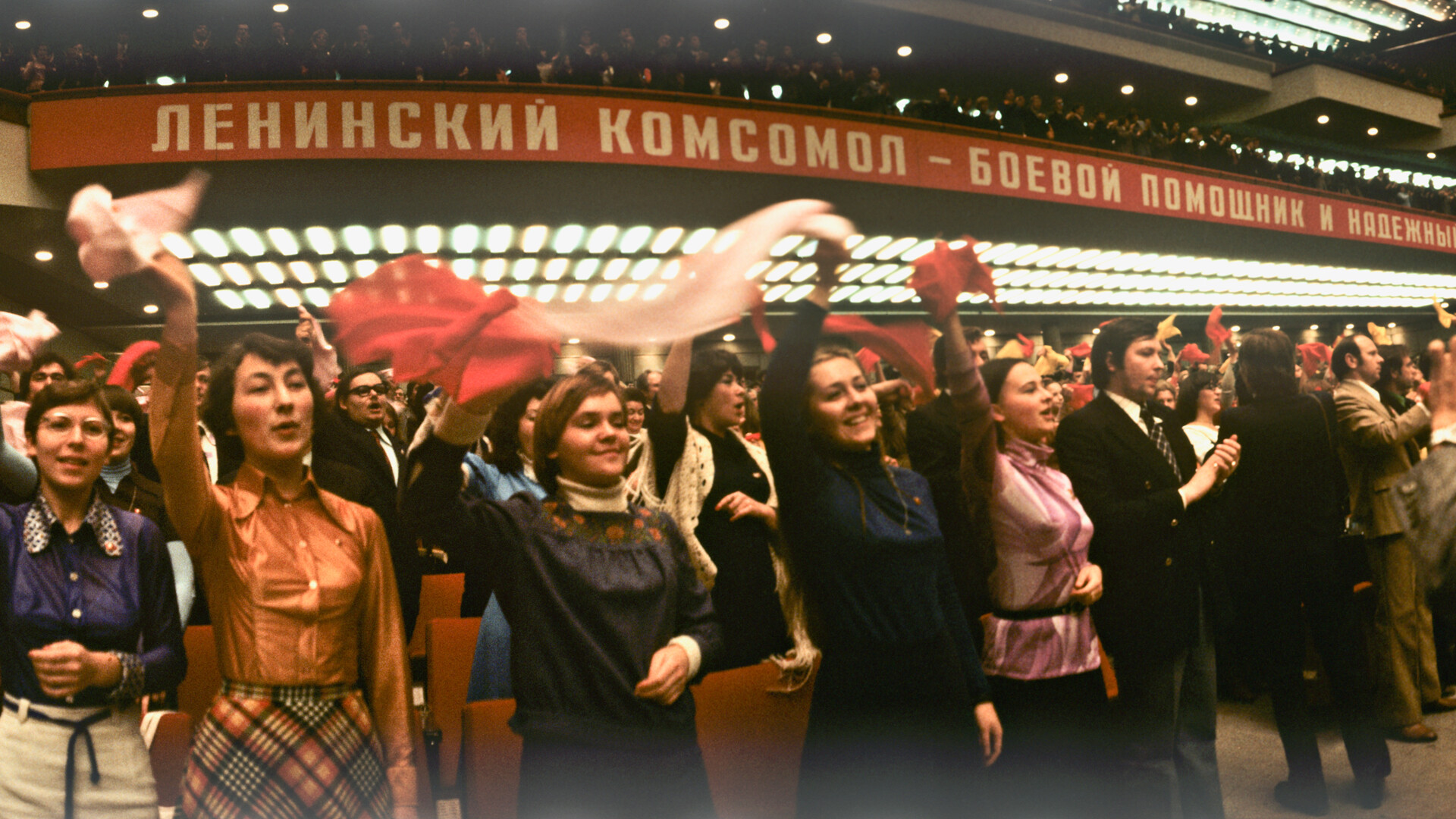
Komsomol meeting, 1976.
Vladimir Akimov/Sputnik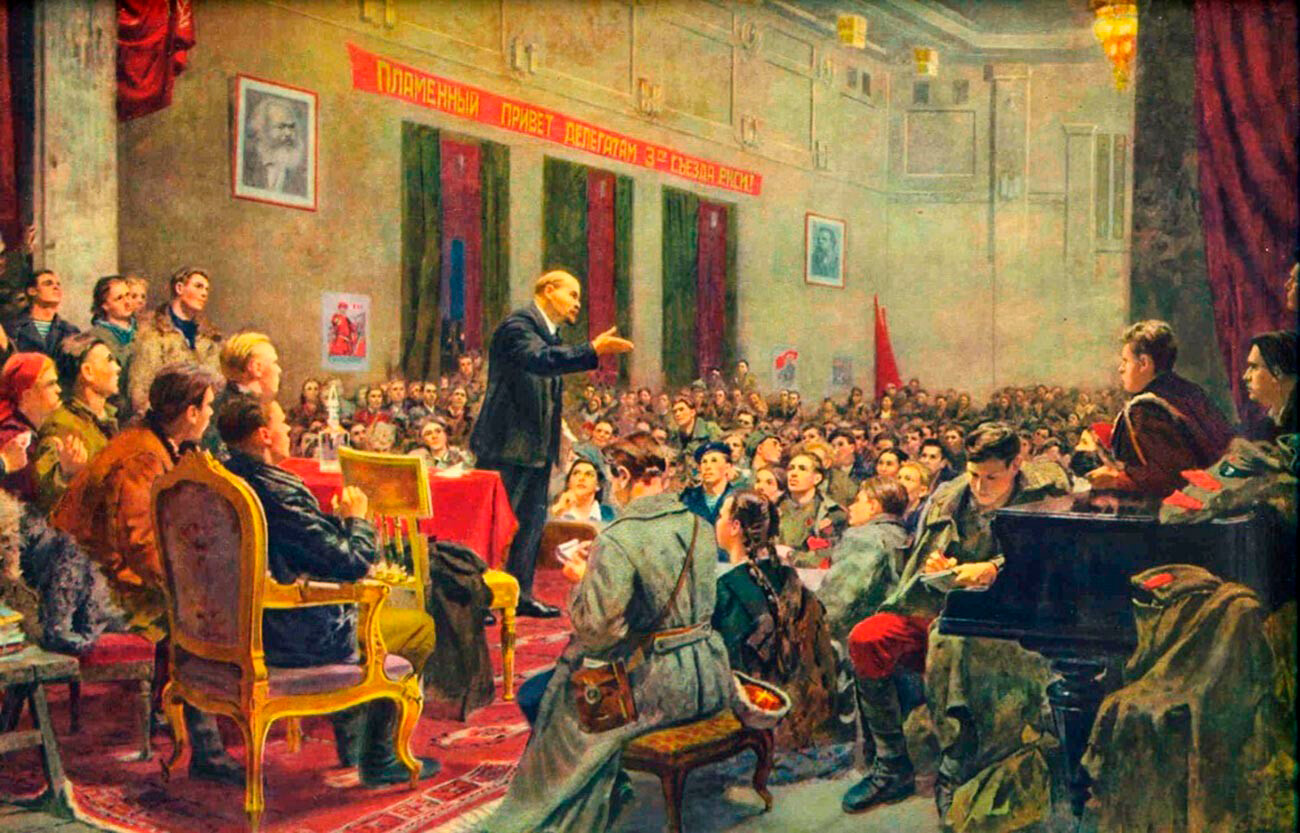
"Vladimir Lenin holds a speech at the 3rd Congress of the RKSM," by Boris Ioganson.
Public DomainDuring this period, over 160 million became members of the ‘Komsomol’! One had to be at least 14 years of age (and could only join on recommendation) and no older than 28.
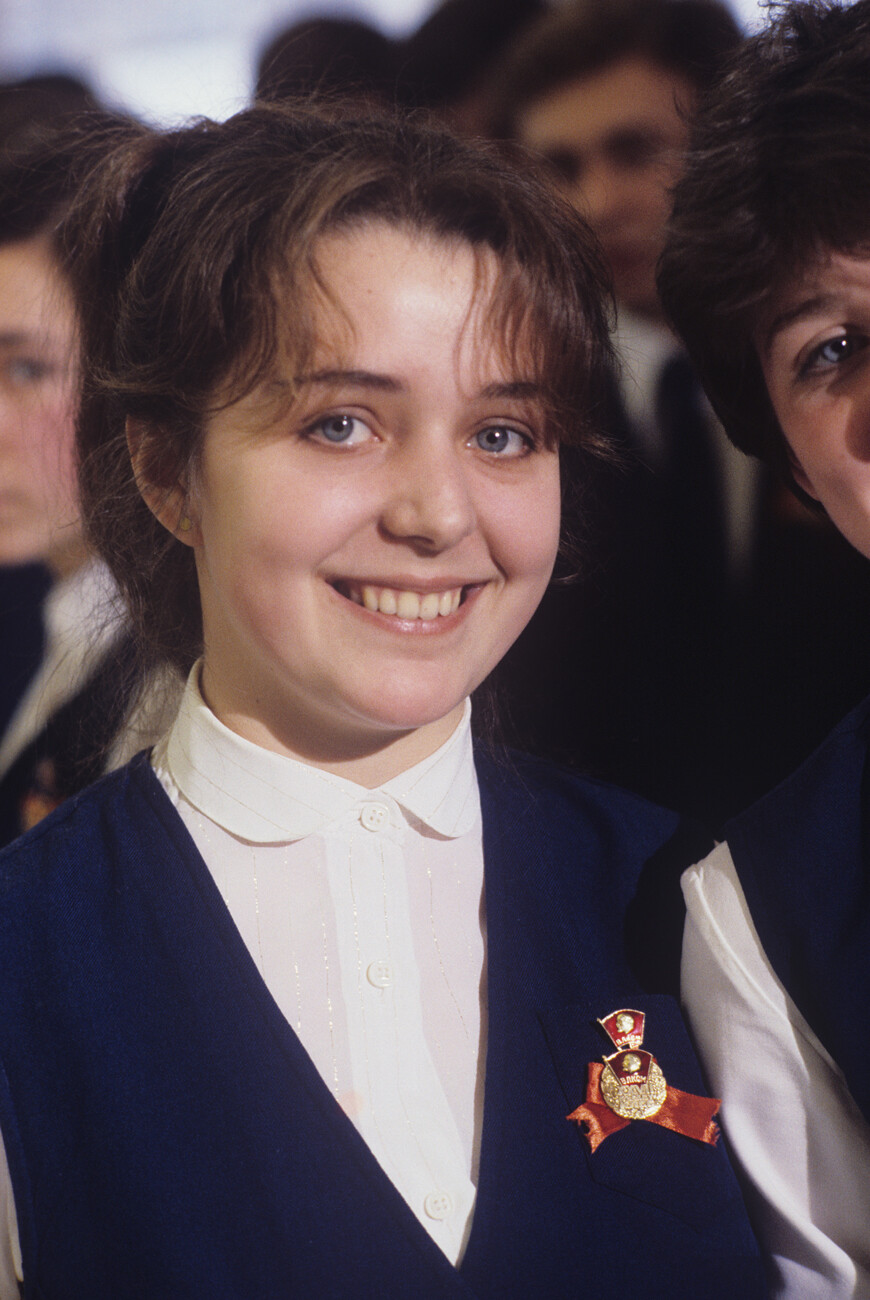
There was a membership fee which was equal to 1% of a monthly salary.
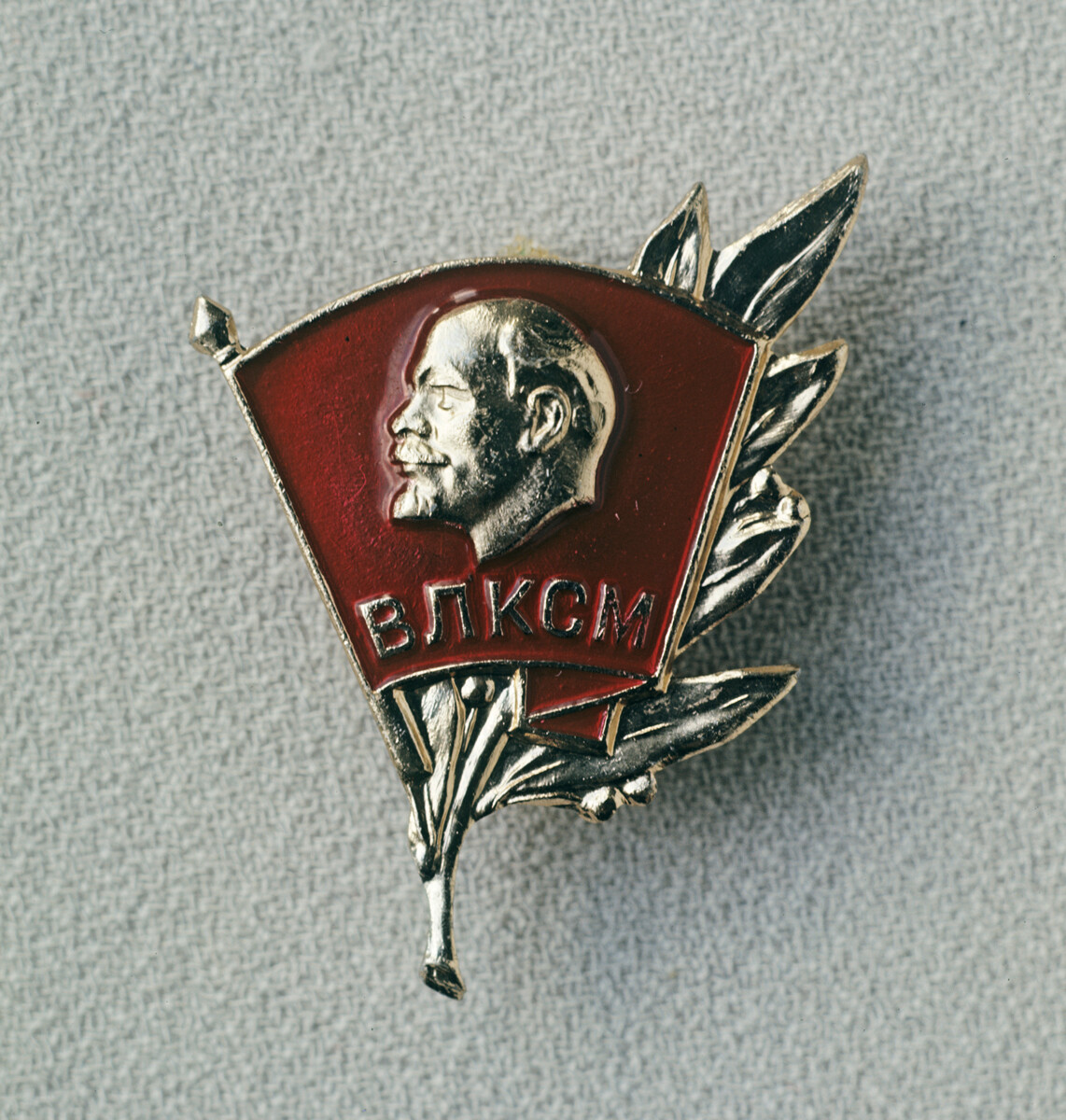
Being a ‘Komsomol’ member was considered very honorable. After World War II, there were many "great Komsomol construction works" all over the country: Young people participated in the creation of the Baikal-Amur Mainline, Sayano-Shushenskaya Hydro Power Plant, automobile plants and many other projects.
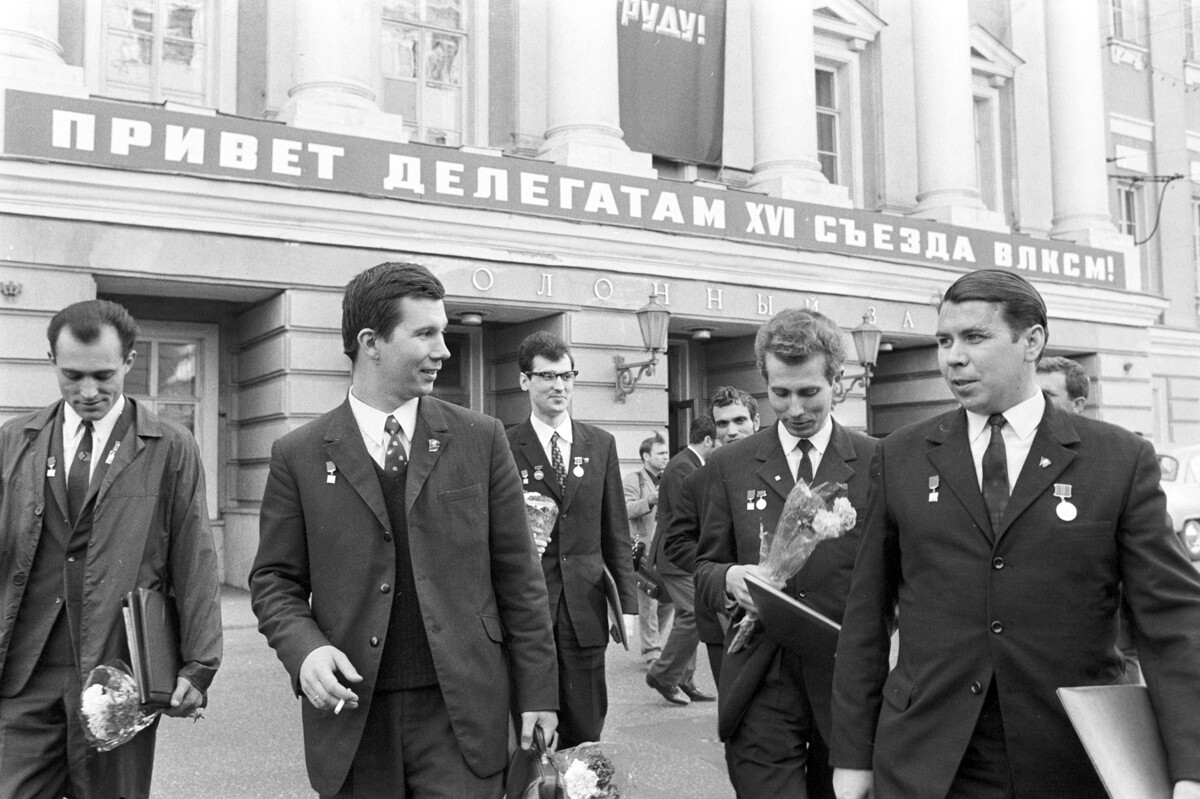
Engineers and Komsomol functionaries visiting the 16th Congress of the VLKSM, 1970.
B.Yelin/SputnikAt the same time, among the members of the Komsomol, there were both people who were enthusiastic about the ideas of building communism and those who just wanted to build a career in the Soviet state, because it was easier to join the Communist Party having been a member.
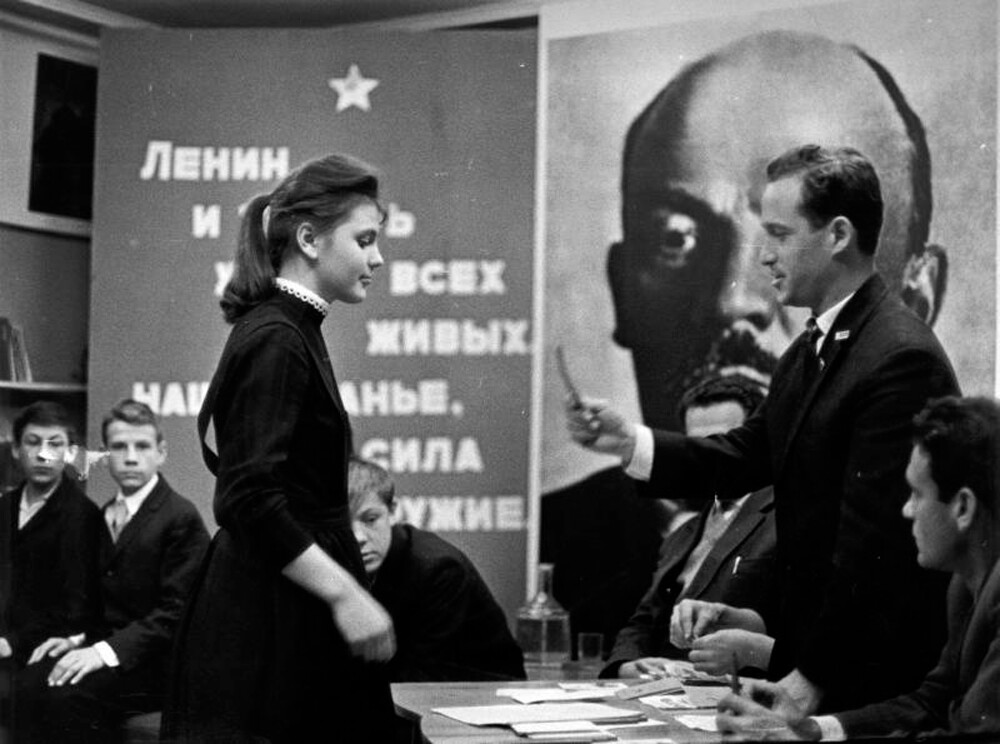
Receiving a Komsomol member ID.
Vsevolod Tarasevich/МАММ/MDF/russiainphoto.ruOn rare occasions, some people were even expelled from the ‘Komsomol’ for immoral behavior, such as alcoholism or hooliganism.
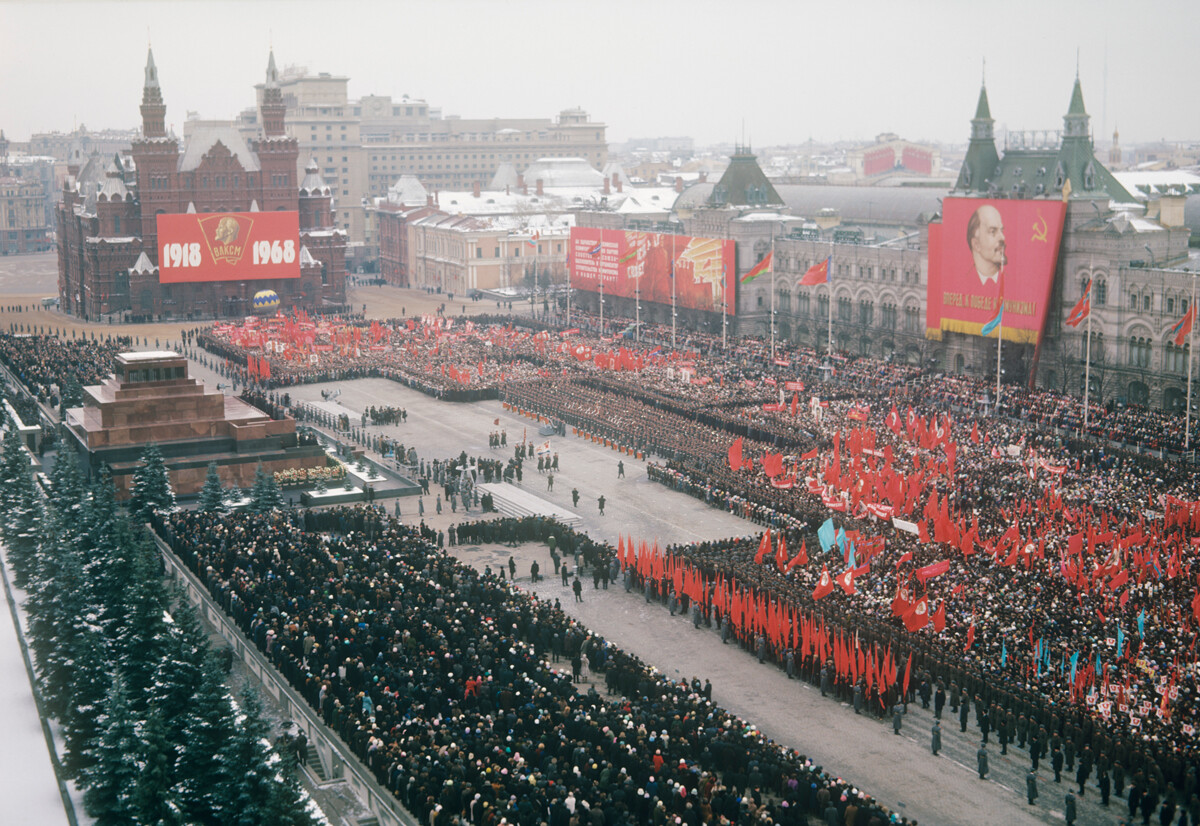
Read the full story about Komsomol here.
Dear readers,
Our website and social media accounts are under threat of being restricted or banned, due to the current circumstances. So, to keep up with our latest content, simply do the following:
If using any of Russia Beyond's content, partly or in full, always provide an active hyperlink to the original material.
Subscribe
to our newsletter!
Get the week's best stories straight to your inbox